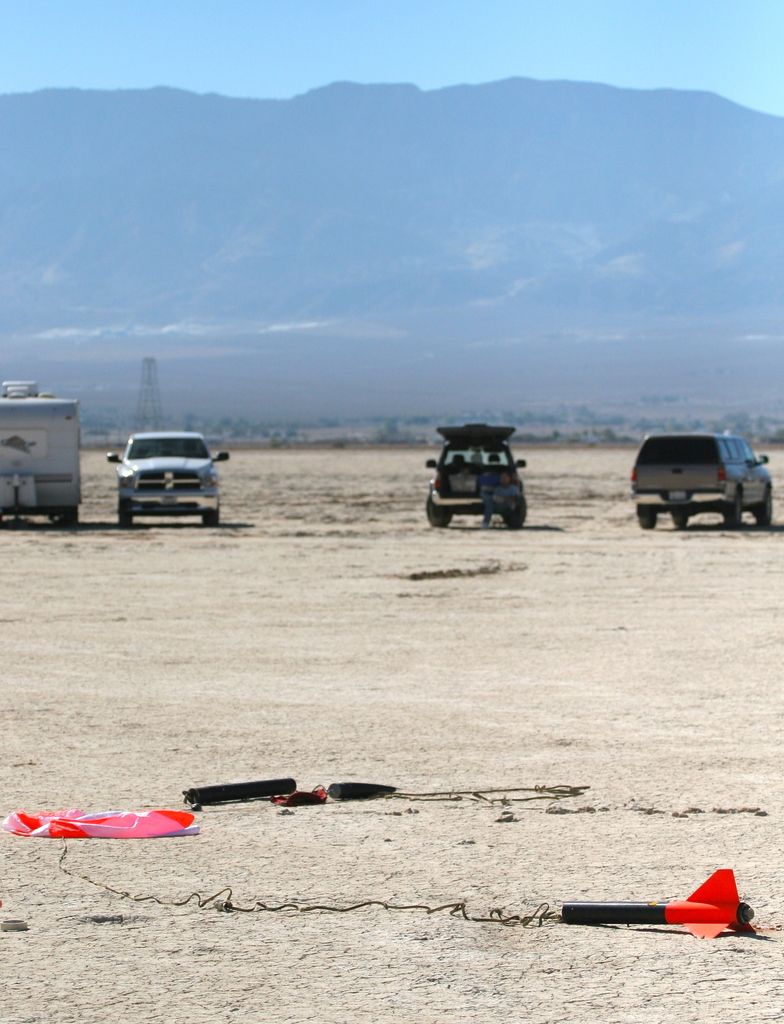Exercises for your 40s and 50s to maintain mobility in your 60s and beyond:
Let's Talk Mobility: Aging Gracefully
So, you find hopping off the sofa a challenge? Or getting out of bed in the morning feels like a mountain to climb? Don't worry, it's a common issue that arises as we age. Our mobility can significantly decrease due to factors associated with aging, but the good news is, there are ways to keep those joints and muscles in check – even while we're still young.
"Staying active and supporting muscle and joint strength can make a huge difference in helping us maintain our independence for years to come," says Fikri Fikriev, a physiotherapist working at Orchard Manor care home.
But why is mobility so important? According to Jamila, a care worker at a care home in Surrey, "Having good mobility allows us to retain our independence longer, enabling us to safely carry out tasks such as walking, cooking, using the bathroom, and getting dressed."
Moreover, it's linked to cognitive health as it can influence how frequently we leave the house and interact with our external environment. "Maintaining our independence is all about our mind and our body, so it's crucial to do what we can to nourish both," explains Jamila.
They've even had residents approaching 100 years old who are out gardening or walking the grounds on a regular basis. "Age is just a number – a lot of their mobility is testament to how they've taken care of themselves over the course of their lives and how we support them to stay fit," adds Jamila.
So, what's causing our mobility to decline as we age, you ask? Fikri, a physiotherapist at Physiotherapy Matters, explains, "As we age, our joints can become stiffer, and our muscles lose strength." The rate of muscle mass loss depends on age and lifestyle; however, it can range from around 2% per decade in our 30s and 40s to as high as 8% per decade between 65 and 80 years old.
This decline can have an effect on our mobility and energy levels. That's why it's essential to have a balanced routine that helps preserve strength and flexibility as we age.
If you're in your 40s or 50s, it's the perfect time to focus on safeguarding your mobility. Fikri recommends regular stretching as the key to maintaining mobility. He advises performing dynamic stretching before exercise to help reduce muscle strains, as well as post-exercise to maintain mobility and reduce delayed onset muscle soreness (DOMS).
To help you maintain your mobility in midlife, Fikri shares four exercises to keep you mobile, strong, and independent as you age:
1. Two-Leg Bridge
These exercises not only strengthen your back and core but also help stretch your hip flexors – which can tighten due to prolonged sitting. Great for improving back pain and maintaining pelvic floor health.
2. Wall Push-ups
Improving your posture and upper body strength is crucial to ensure independence, and push-ups do just that! You can progress from wall push-ups to pushing up from the floor as you get stronger.
3. Sit to Stand/Squat
Sit-to-stand exercises, squats, and lunges are crucial for daily activities and maintaining independence. These exercises help improve balance, lower body strength, and mobility. As your strength improves, you can progress to higher difficulties such as lunges with weights.
4. Calf Raises
These exercises offer numerous benefits, including improved balance, ankle stability, and mobility, as well as enhanced strength. They also help increase Achilles tendon resilience and reduce the risk of tendinopathy, which is a negative impact on walking and running.
Always remember to consult with your GP, physiotherapist, or personal trainer before beginning any new exercise routine, especially if you have chronic conditions, limited mobility, injuries, or are unsure how to progress/regress your exercise routine.
"Incorporating exercises such as the Two-Leg Bridge, Wall Push-ups, Sit to Stand/Squat, and Calf Raises can help support muscle and joint strength, a key aspect of health-and-wellness, especially in aged individuals who may face mobility challenges."
"Moreover, these fitness-and-exercise routines can contribute to aging gracefully, allowing individuals to retain their independence for longer, as demonstrated by the care home residents who consistently exercise and remain active."








